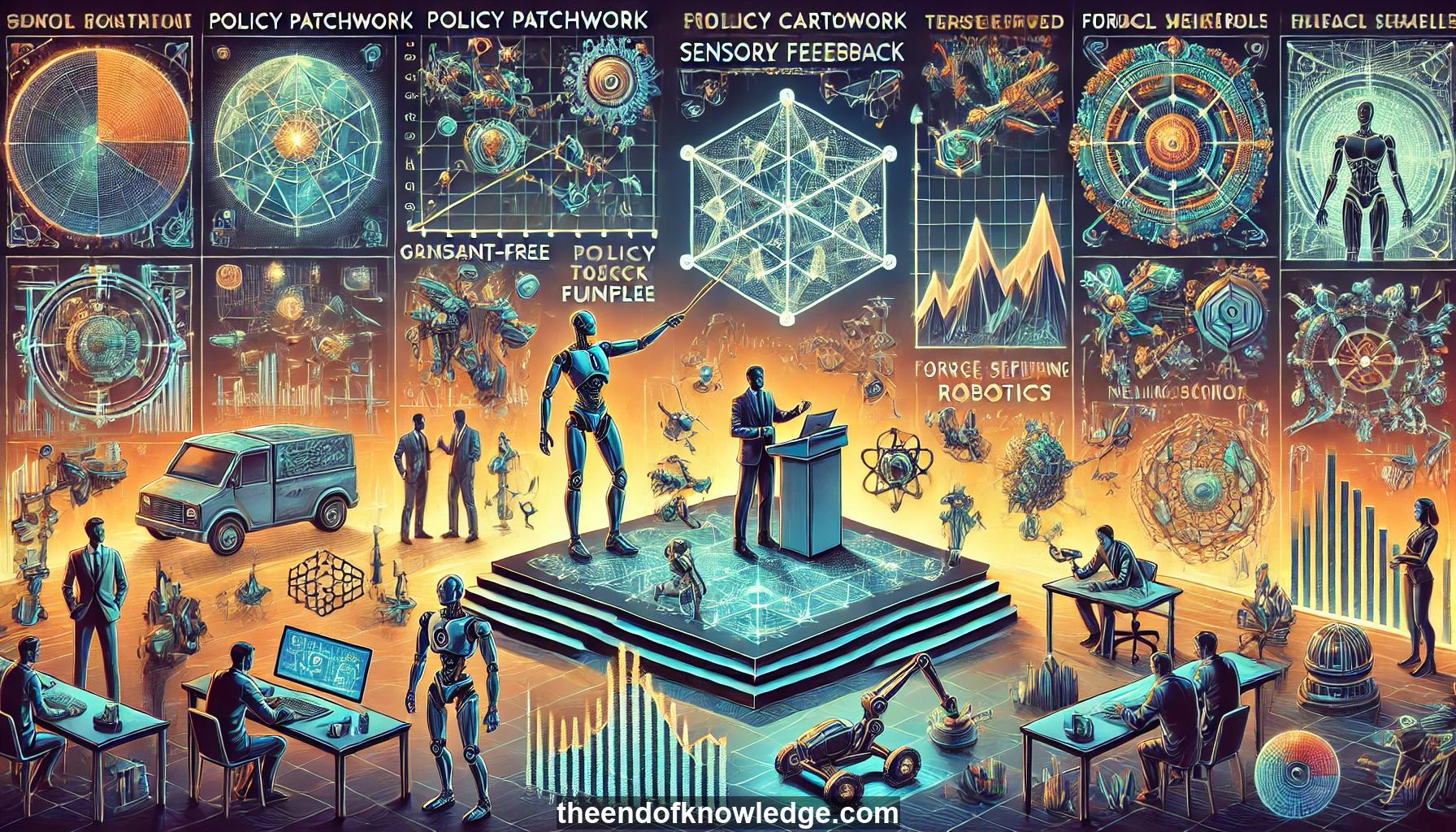 >
>
Concept Graph & Resume using Claude 3.5 Sonnet | Chat GPT4o | Llama 3:
Resume:
1.- Stefan Schaal is a robotics director at X, former professor at USC, and director at MPI, with expertise in AI and robotics.
2.- Shaw has done foundational work in motor learning, motor control, reinforcement learning, and model-based control.
3.- He co-founded the Robotics Science and Systems Conference and has co-authored over 400 publications.
4.- The goal of motor learning is to learn policies - functions that map states to actions for any task of interest.
5.- Direct control involves learning a policy directly from data, while structured approaches separate feedback, feedforward, and planning.
6.- Attractive landscapes are a way to represent policies that cover space, allowing generalization to different starting points.
7.- Model-based impedance control can homogenize the workspace, making learning transferable across different robot configurations.
8.- Path integral reinforcement learning uses weighted averages of trajectory rewards to update motor commands optimally.
9.- Path integral RL doesn't require gradients and can handle discontinuous dynamics and hidden states.
10.- Multi-task learning involves packing multiple tasks into one network or using mixture models for modularity.
11.- Residual learning adds modifications to existing policies to adapt to new tasks or environments.
12.- Sensory feedback can be integrated into attractor policies to modify behavior based on environmental interactions.
13.- High-capacity networks can be used to learn complex modifications to base behaviors, like obstacle avoidance.
14.- Structured control combines planning, dynamics, and learning at multiple levels for more efficient and safe robotic systems.
15.- Learning can be applied to different aspects of control, including trajectory planning and force control.
16.- Real-time constraints limit the complexity of networks that can be used for high-frequency force control.
17.- Human motor control involves multiple learning systems working simultaneously, inspiring similar approaches in robotics.
18.- Autonomous learning of complex sequential tasks remains a challenge in robotics.
19.- Automatic learning of state machines for robotic tasks is an important area for future research.
20.- The integration of model-based and model-free approaches can improve data efficiency and task performance.
21.- Structured approaches to robotics can leverage existing knowledge about dynamics and control for faster learning.
22.- The trade-off between structure and flexibility in learning systems is an ongoing area of research.
23.- Behavioral cloning can be used to initially teach robots tasks, which can then be optimized through reinforcement learning.
24.- The choice of representation for policies (e.g., attractive landscapes) affects generalization and learning efficiency.
25.- Control-affine systems provide a useful framework for combining learned and model-based components in robotic control.
26.- The balance between storing learned behaviors and generalizing to new tasks is a key consideration in robotic learning.
27.- Integrating perception and motor control is crucial for adaptive robotic behavior in dynamic environments.
28.- The frequency of control loops is an important consideration when implementing learned controllers on physical robots.
29.- Modular learning approaches allow for easier transfer and adaptation of skills across different tasks.
30.- The potential for fully autonomous learning of complex robotic behaviors remains an open challenge in the field.
Knowledge Vault built byDavid Vivancos 2024